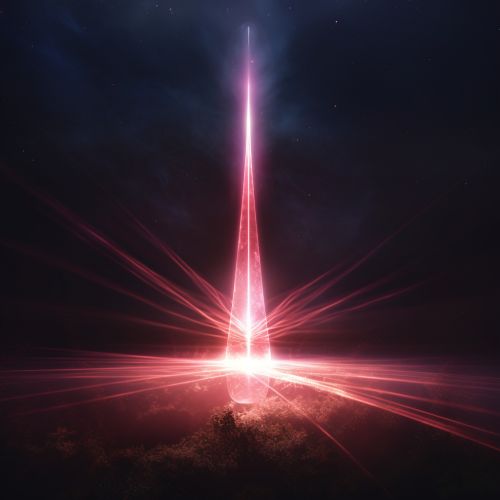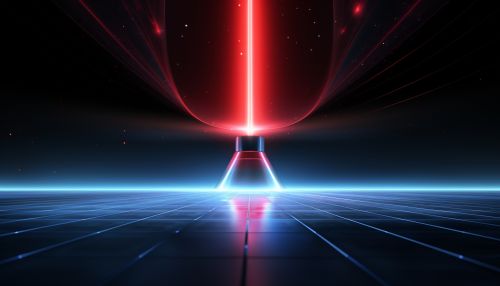Photon antibunching
Introduction
A Photon is a fundamental particle of light, and its behavior is a cornerstone of Quantum Mechanics. One of the most intriguing aspects of this behavior is the phenomenon of photon antibunching. Photon antibunching is a quantum phenomenon where, under certain conditions, two photons are never detected simultaneously. This phenomenon is a direct consequence of the quantum nature of light and is one of the key features distinguishing quantum light from classical light.
Quantum Nature of Light
The Quantum Theory of light proposes that light is made up of discrete packets of energy known as photons. This is in contrast to the classical wave theory of light, which views light as a continuous wave. The quantum theory of light was developed in the early 20th century and has been confirmed by numerous experiments. One of the key predictions of the quantum theory of light is the phenomenon of photon antibunching.


Photon Antibunching
Photon antibunching is a quantum phenomenon where two photons are never detected simultaneously. This is in contrast to classical light sources, where the detection of photons is a random process and there is a finite probability of detecting two or more photons at the same time. In a quantum light source, however, the photons are "antibunched", meaning they are emitted one at a time.
This phenomenon is a direct consequence of the Pauli Exclusion Principle, which states that two identical fermions cannot occupy the same quantum state simultaneously. In the case of photons, this means that two photons cannot be detected at the same time.
Experimental Observation of Photon Antibunching
The first experimental observation of photon antibunching was made in 1977 by researchers at the University of Rochester in the United States. The experiment involved firing a laser at a beam splitter and then measuring the time interval between the detection of photons at two different detectors. The researchers found that the time interval was always greater than zero, indicating that the photons were not being detected simultaneously.
Since this initial experiment, photon antibunching has been observed in a variety of different systems, including single atoms, single molecules, and quantum dots. These experiments have provided further evidence for the quantum nature of light and have led to the development of new technologies, such as single-photon sources for quantum information processing.
Applications of Photon Antibunching
Photon antibunching has a number of important applications in the field of quantum information processing. For example, single-photon sources, which rely on the phenomenon of photon antibunching, are essential for quantum cryptography and quantum computing.
In quantum cryptography, the security of the communication is guaranteed by the laws of quantum mechanics. Single-photon sources are used to transmit information in a way that cannot be intercepted without detection.
In quantum computing, single-photon sources are used to create qubits, the basic units of information in a quantum computer. The ability to generate single photons on demand is a key requirement for the development of practical quantum computers.
Conclusion
Photon antibunching is a fascinating quantum phenomenon that has deepened our understanding of the nature of light and has practical applications in the field of quantum information processing. As our ability to control and manipulate single photons continues to improve, we can expect to see even more exciting developments in this area in the future.
